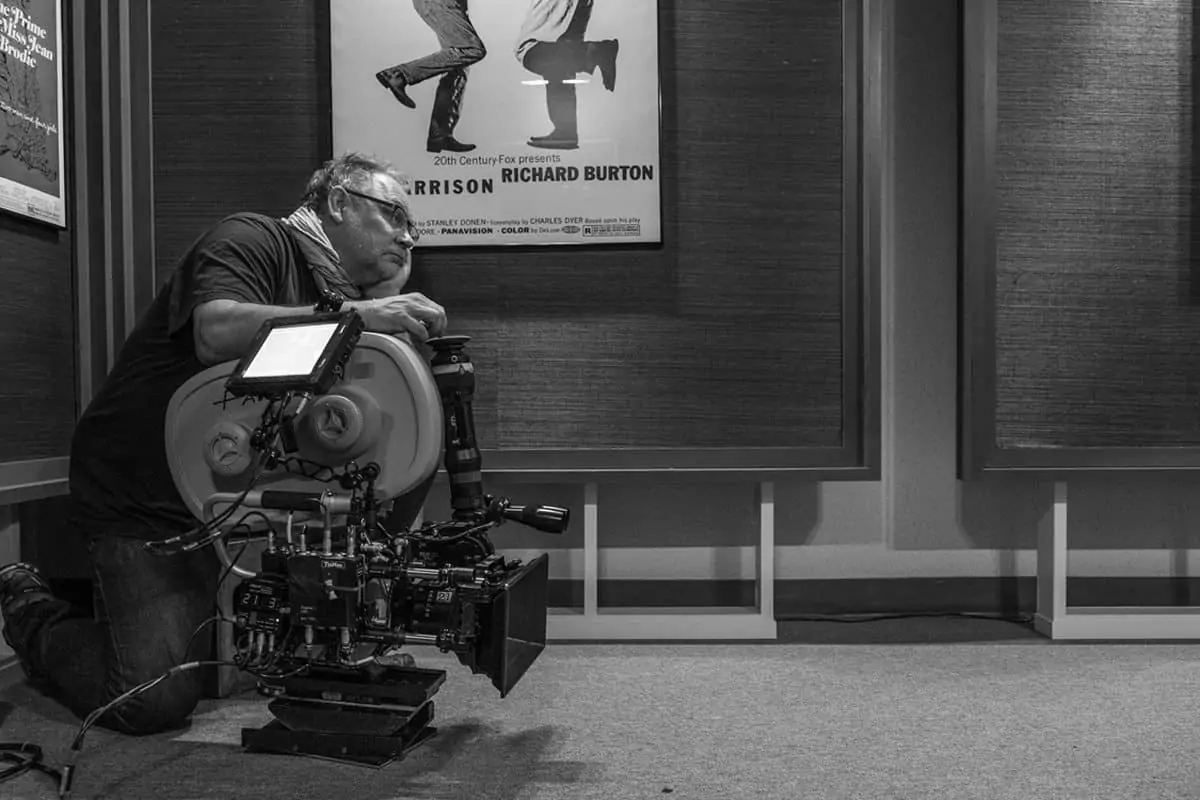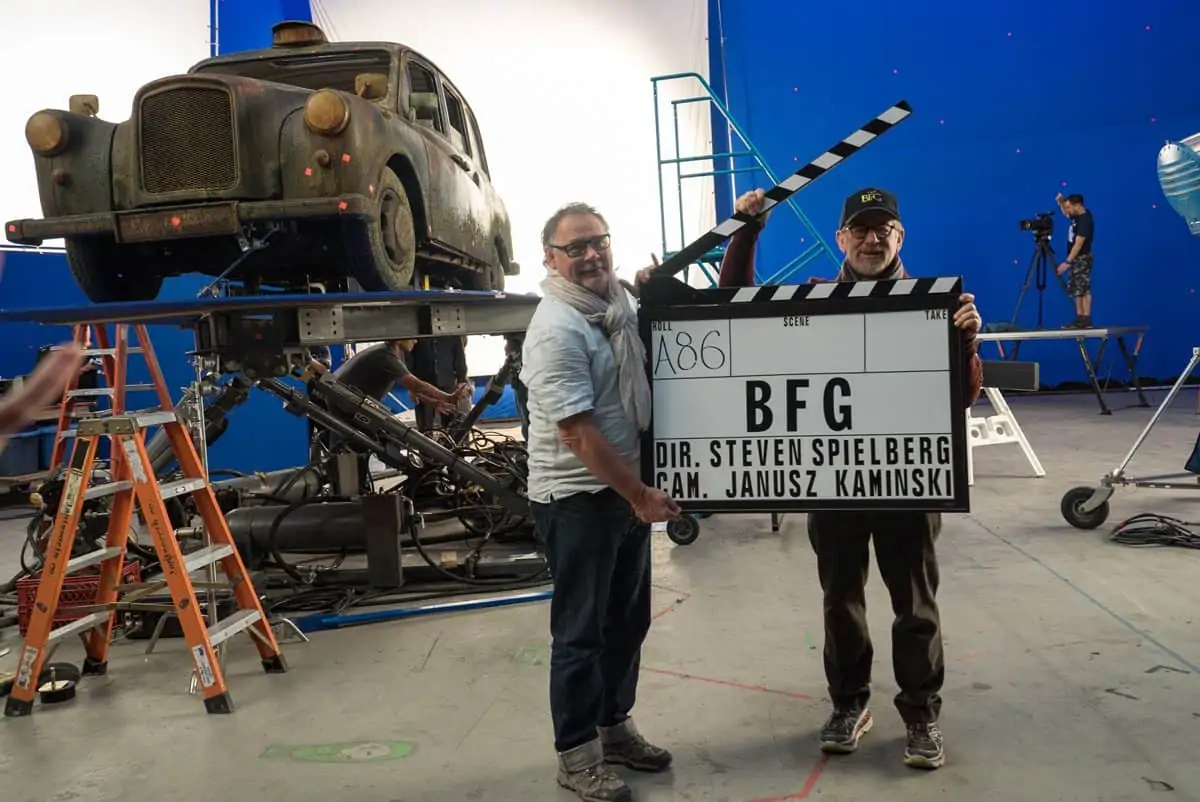Inside Track
Janusz Kaminski ASC / War Horse
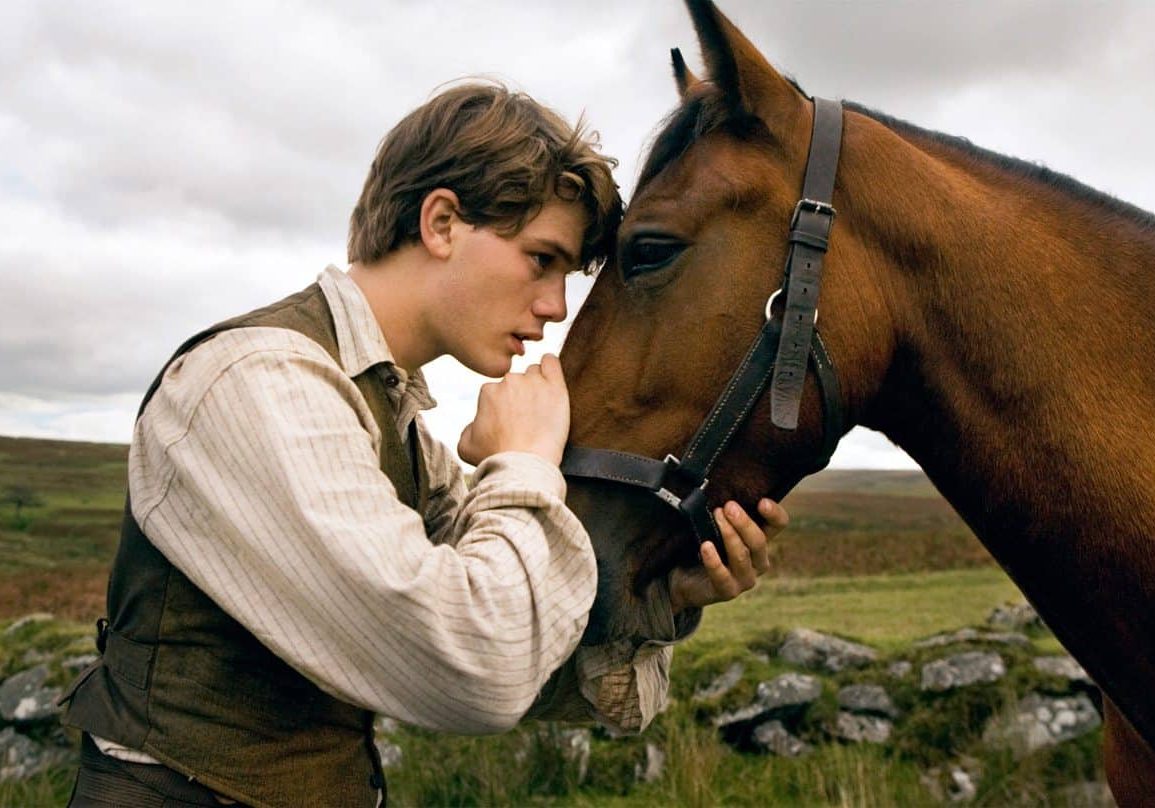
Inside Track
Janusz Kaminski ASC / War Horse
BY: David Heuring
Janusz Kaminski and Steven Spielberg have collaborated on more than a dozen films. Their latest is War Horse, the story born as a children’s novel by Michael Morpurgo. It was adapted into a successful theatrical production that featured state-of-the-art puppetry.
In the story, a teenaged boy’s close bond with a horse is tested when the horse goes off to war. The boy decides to follow him. Meanwhile, the horrors of World War I are unfolding. The production was mounted in a number of locations in the south of England, including Bourne Wood in Surrey, Castle Combe in Wiltshire, Dartmoor in Devon, Luton Hoo Estate in Bedfordshire, and Wisley Airfield in Surrey, where a blasted-out no man’s land was carefully constructed. The studios at Twickenham and Longcross were also employed. Some UK crew members on the film recalled working with Spielberg on Empire Of The Sun more than 25 years ago, writes David Heuring.
In this conversation, Kaminski reveals the thought processes behind the film’s imagery.
Q: When you first discussed the look of War Horse with Spielberg, how did you envisage the film?
JK: From the beginning, we wanted to make a movie that felt sort of old fashioned, in terms of the look, compositions, and colours. Steven was very much inspired by John Ford and his movies. And of course, the land was so inspirational. Most of the movie was shot at tremendously beautiful locations an hour or two outside London during the summer of last year (2010). So it’s pretty much of an exterior picture. We shot in Devon for several weeks. The landscape is very picturesque. The rolling hills, green pastures and little hamlets – it’s almost like Ryan’s Daughter. It’s very visual. On top of that, you are dealing with the raw emotions of a young boy and the horse he befriends. The horse becomes a captain’s horse and we see him in battle sequences, sometimes pulling a canon. We learn a lot about the role of horses in World War I. We also see the war from different perspectives – not just from the British side, but from the German side as well.
Q: How was the experience of shooting in the English countryside?
JK: It was really fantastic to work in England. I have always loved being there. I love the inspiration that foreign countries give me as a cinematographer. The landscape and the visuals are so different from America. The language is very interesting. We were close to the ocean, maybe an hour away sometimes, and that meant the weather was changing all the time. We had beautiful weather, but the sun was frequently interrupted by fast-moving clouds.
Q: How does the film differ from the play?
JK: The movie is not necessarily a homage to the many millions of horses that died in the war. In the play and in the book, the horse was the main character. The puppetry in the play was really wonderful – the puppetry itself was actually emotionally moving. But it’s hard to make a compelling mainstream movie from a horse’s perspective. In the film, it’s not seen from the horse’s point of view. The film is more about the friendship. It’s about this creature that comes into various people’s lives and changes them.
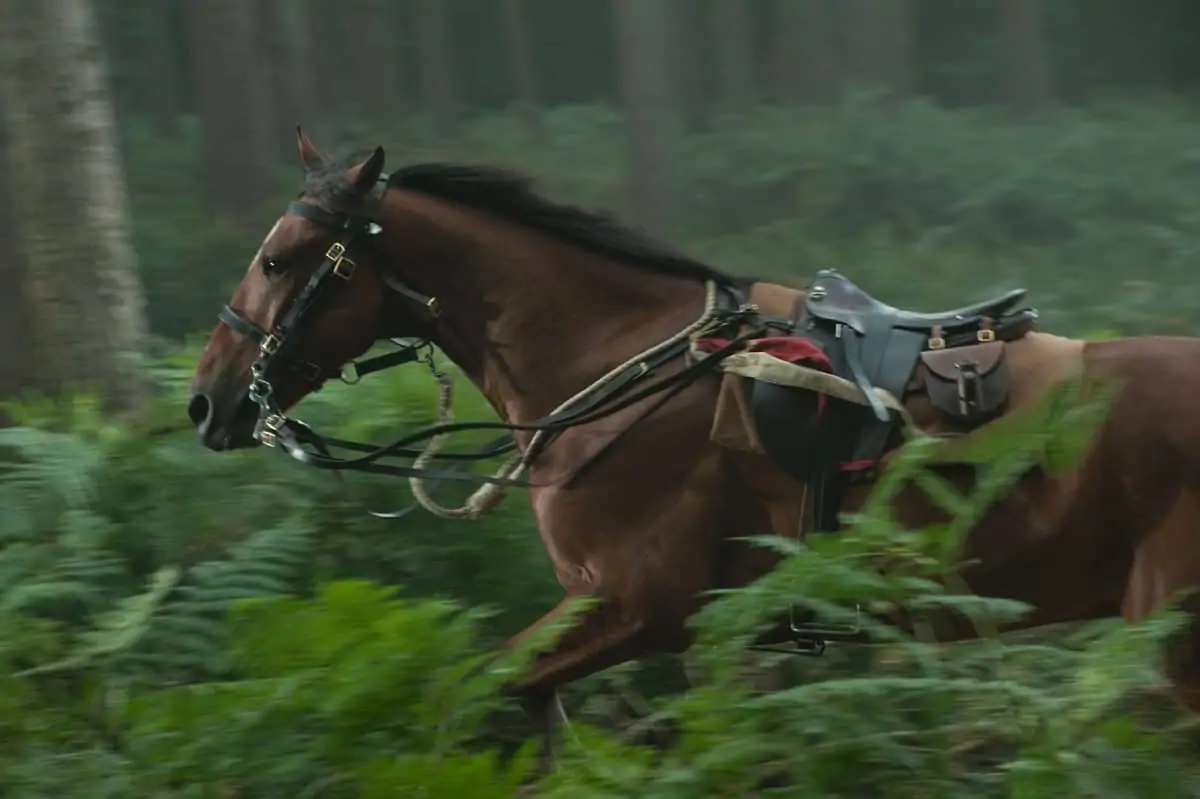
Q: What were your main concerns during the shoot?
JK: Weather was a big factor. In the same day, you might have cold showers, clear skies, beautiful puffy clouds passing, or light coming up and down and throwing beautiful patterns on the ground. We were shooting lots of wide shots, showing the landscape changing as the light moves. We kept on shooting regardless of rain. If it really rained hard we’d wait under cover for 20 minutes and then the rain would subside and we’d keep shooting.
Q: How did you light?
JK: I was lighting a tremendous amount simply because I didn’t want the landscape, that sky, and those clouds to disappear. Of course, these days with DI you can bring them in so quickly. But there is such a different quality of light when you actually light it and put the light on people. And frequently, the light was to some degree almost vulgar. We were blasting people with light in order to balance them with the natural light in the background, because I wanted an almost John Ford feel. I wanted the people to be part of the landscape. I let them be man against nature to some degree. So when they are ploughing and fighting and marching, or when they are talking – it’s all about lighting. We often waited for the right light and staged scenes according to the quality of the light. This was the first time Steven was very willing to wait. He was willing because he was very interested in capturing the beauty of the landscape.
Q: So you were lighting the talent in the foreground so that the landscape in the background would also expose properly?
JK: I did a lot of lighting so that when the clouds came in and out the main light value of the scene didn’t change. If the clouds passed and the sun shone down, the talent stayed unintensified. The result is beautiful imagery that is slightly out-of-this-world. The light is changing around the outside, yet they stay lit by my movie lights.
Q: How would you describe the look overall?
JK: The movie has an idyllic feel; it’s still lit, stylized and beautiful, with lots of wide shots. But it was my chance to do the First World War. Some people have done it beautifully – Stanley Kubrick, David Fincher. A Very Long Engagement, shot by Bruno Delbonnel AFC ASC, is really beautiful and was a great inspiration. I was in awe of the intricate and beautiful work they did on that movie. The trench war was a bigger part of our film. We had amazing sets consisting of terrain that had been decimated by war. And we had many shots trying to capture the beauty of a cavalry charge with the emphasis on the horses rather than the rider.
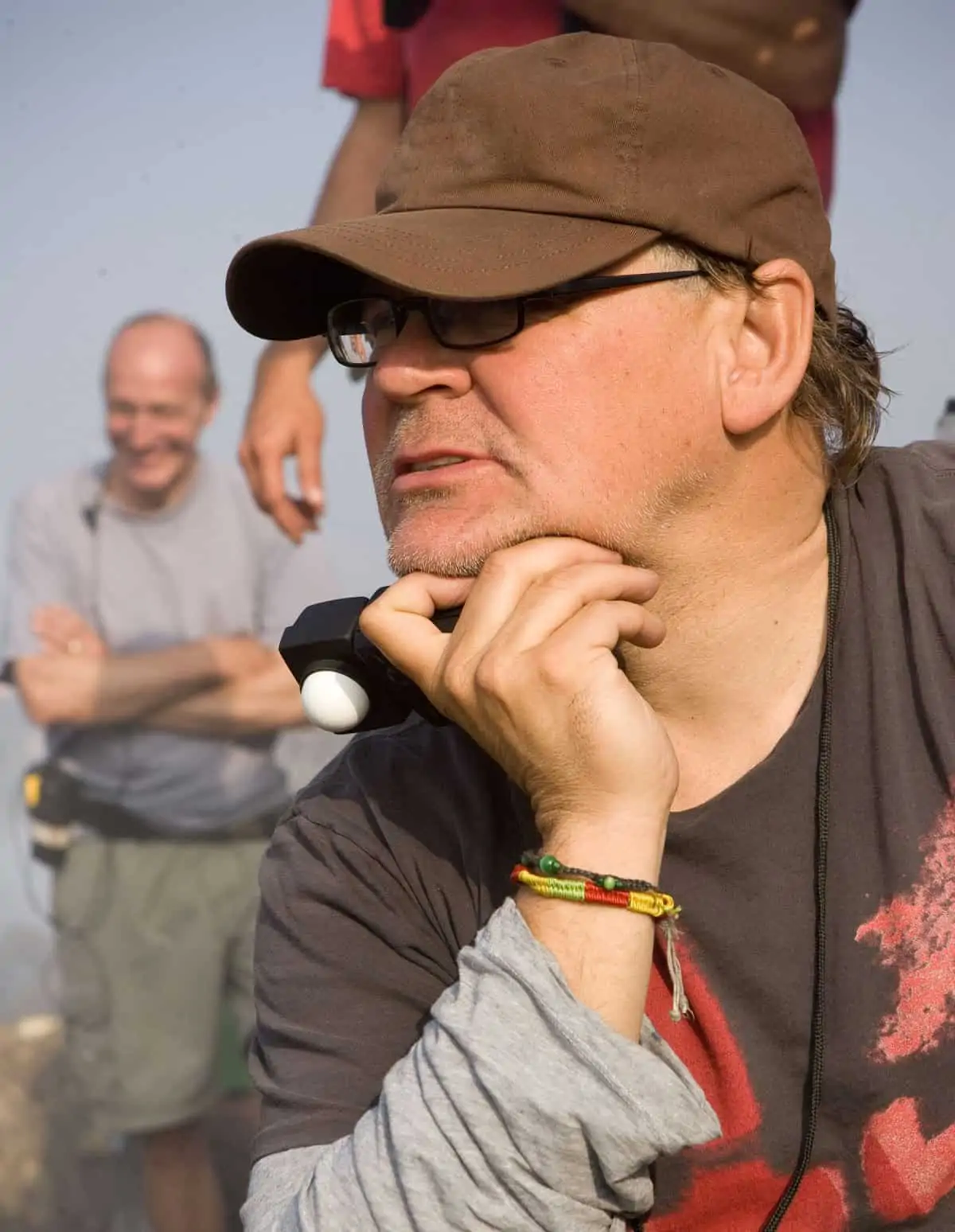
"The movie has an idyllic feel; it’s still lit, stylized and beautiful, with lots of wide shots. But it was my chance to do the First World War. Some people have done it beautifully – Stanley Kubrick, David Fincher."
- Janusz Kaminski ASC
Q: Which format and film stocks did you choose?
JK: The aspect ratio is 1.85:1. I shot the 500 stock (Kodak Vision3 500T Colour Negative Film 5219) and went to 200 on it. I used a little bit of ENR processing on it as well. We started with a photochemical print at Deluxe and then did a 4K DI at EFILM to match the print. The ENR was very subtle, about 50, never more than 60. Normally I would do much more. I just love ENR. The grain looks really beautiful. There are some new emulsions in which the grain is not interesting to me. It becomes almost electronic. I would rather go in the other direction. That’s why I would pull one stop. Then it becomes beautiful, a great emulsion. You are overexposing the film by one stop, which makes the contrast better and saturates the color. Then, with ENR, you are bringing a bit of the grain back – but this grain has a different quality. The ENR desaturates the colour, but I tell the timer to introduce a little more colour in the timing process. And the highlights are unique. The movie takes place mostly in two different countries, England and France. That gave me the chance to play with those colours. When the Germans enter the farmhouse, I could play with the blue colours. And before the Germans arrived, I used very warm tones.
Q: Did you use any daylight stock?
JK: I also shot some daylight emulsion (Kodak Vision3 250D Colour Negative Film 5207). I liked the daylight emulsion because the shadows were getting a bit blue on the 5219. I love that slight blue-ish feel, but it’s a practicality. I don’t want to work with all that glass (the correction filters). I knew I would already have a grad or a polariser, so I wanted to stay away from too many ND filters. The daylight stock is a fine-grain, slow-speed emulsion. The 500 was mostly for the realistic war stuff, not the glorifying scenes.
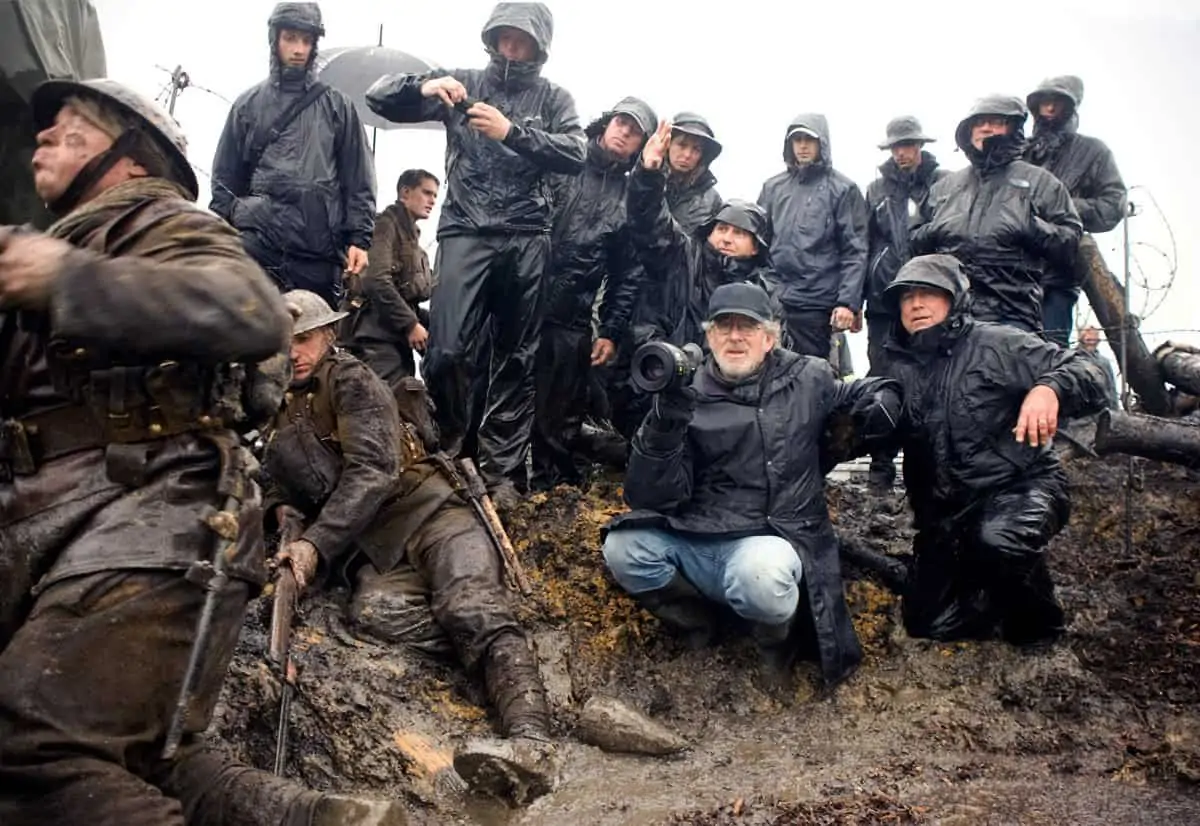
Q: What part does risk-taking play in your work, if any?
JK: I would say that in creating the visuals for War Horse, I wasn’t taking risks, but rather being brave in the way I applied lots of colour filters and how I calculated exposure. We were doing very important scenes in terms of emotion, and not really being 100% sure of how they were going to turn out. You look at the video monitor and that represents the image to some degree, but not really. I was speculating. We have to envisage the images in our heads. I frequently don’t know exactly how it would come out, although I know how I am hoping it will come out.
Q: You had a mixed US and UK crew – any thoughts on the differences between the two systems?
JK: I brought a few people with me from the United States, including camera operator Mitch Dubin, gaffer David Devlin and camera assistant Mark Spath. The UK crew people were all wonderful, especially key grip David Appleby, gaffer Eddie Knight, camera assistants Barney Piercy, Tom Taylor, Simon Baker, and Jonathan Richmond, and Steadicam/B camera operator George Richmond. I do think the American system is a better way of making big Hollywood movies. But I love using the European system for a smaller movie like The Diving Bell And The Butterfly. But for the big machine, there is nothing better than the American system. The division of labour is very clear. I like it much better when the grips do the grip work, and the electricians do the electrician work.

